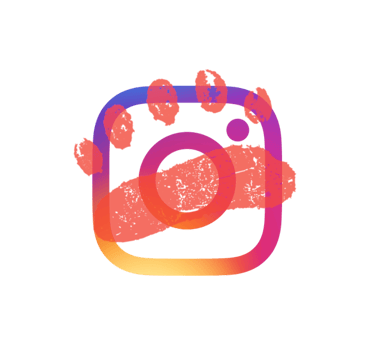When Things Don’t Go as Planned
Losing Our Illustrator
4/25/2025


One of the biggest lessons I’ve learned while working on Art Adventurers is this: making a book is just as much about collaboration as it is about creativity. And sometimes, collaboration doesn’t go the way you hoped — even when everyone starts with the best intentions.
This is one of those stories.
A Promising Start (And a Few Bumps)
While I was neck-deep in font choices, page sizes, and layout research, Daniel and I were also working closely with our illustrator. We were getting regular updates — mostly character designs — but something always felt slightly off to us. The visuals were always really good, but the characters didn’t quite match the tone we were going for, or the way we pictured them in our heads.
It's no one’s fault. Translating a written vision into artwork is tough, especially in a children’s book where the visuals carry so much of the storytelling and even tougher when the authors have never worked closely with an artist before.
After a few character designs, our illustrator asked for a mood board to help guide the process. I’d made one before for my zombie comic, so I dove in — again. Daniel and I collected reference photos of animals in different poses, expressive illustrations we loved, color palettes we liked (and ones we didn’t), and a bunch of style cues we hoped would bridge the gap between classic and modern storybook vibes.
We used Milanote to put it all together. If you're doing this yourself, I also recommend checking out these helpful resources on color psychology and children’s book art:
Finding the Look — At Last!
After sending the mood board over, we got two illustrations back.
And they were gorgeous.
The character design was spot-on — it had just the right blend of playfulness and storybook charm. Our focus group loved it too, which gave us even more confidence that we’d finally found the look of the book. We offered a few notes (nothing major — just clarifying that one scene was supposed to be a chase rather than everyone standing around) and moved forward feeling like we were finally on solid ground.
Mia, who’s publishing the book through Kistemo, saw the art and was excited to start building a marketing plan. We started prepping for a launch. Mia asked for the cover and character images so she could begin social media promotion.
It finally felt real.
A Sudden Turn
After that set of pages, we assumed the artist was moving forward with more illustrations. We’d already provided a full copy of the manuscript and a separate Google Doc breaking down each illustration request page by page.
Then, a little while later — while I was literally heading out to my birthday dinner — I got a message asking if we could also provide a full storyboard.
It caught me off guard, not because the request was unreasonable, but because, in mine and Daniel's eyes we’d already given so much direction. But every artist has their own process and I'm certainly no expert on how to work with an artist. Since I had a bit more flexibility than Daniel and (okay, yes) I’m a bit of a control freak, I took the task on myself. I’d already done thumbnail storyboards before for my comic, so I sat down, sketched it all out, and sent it over.
You can see the masterpiece here. It’s very… let’s call it "function over form."
But despite all the back-and-forth, and despite finally feeling aligned on the art direction, the illustrator ultimately let us know he’d be stepping away from the project due to time constraints and creative differences.
Processing the Change
Honestly, it stung. We’d invested so much time creating reference materials, mood boards, storyboards, and feedback. We’d set a launch date. We had momentum.
And then — it all halted.
But I’ve had time to reflect on it, and I think the reality is this: even if you think you're crystal clear about your vision, creative collaboration requires alignment on both sides. The artist needs room to bring their own voice to the work. If your visions don’t quite match up — even with all the mood boards in the world — sometimes the best thing is to part ways.
It doesn’t mean anyone failed. It just means the fit wasn’t right.
Moving Forward
We're now looking for a new illustrator, which has definitely pushed our timeline back, but it’s also reminded me how important it is to treat every creative collaboration as a two-way street.
If you're working on your own picture book, here are a few things I’d recommend:
- Create a mood board early — even if no one asks for it.
- Use storyboards or thumbnail sketches to give artists an idea of pacing and composition.
- Be open, but also honest about your vision.
- Remember that artists aren’t just executing your idea — they’re partners, and they’re bringing their own creative voice to the table.
It’s hard to lose someone mid-project, especially when things seemed to be lining up. But Daniel and I truly wish our first illustrator all the best, and I’m hopeful that this little detour will lead us to an artist who’s the perfect match for this book — and the series to come.
Want updates as we search for a new illustrator and rework our timeline? Subscribe to my newsletter or follow along on Instagram.
Subscribe to my newsletter
Get notified whenever there's a new post or something exciting happening.
